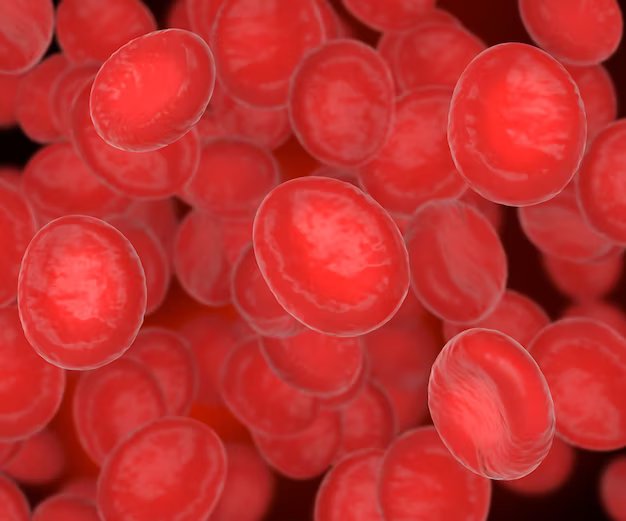Computer-Aided Cell Analysis Enables Faster Diagnosis of Blood Diseases
Posted on 11 Aug 2023
Blood disorders are frequently characterized by alterations in the quantities and shapes of red and white blood cells. Traditional methods for diagnosing the disease involves examining blood smears on a slide under a microscope, although evaluating these changes can be challenging even for experienced professionals, as subtle alterations can affect only a small fraction of the tens of thousands of visible cells. Consequently, distinguishing between diseases is not always simple. For instance, the visible changes in the blood of individuals with myelodysplastic syndrome (MDS), an early form of leukemia, often resemble those seen in less harmful types of anemia. The definitive diagnosis of MDS requires more invasive procedures such as bone marrow biopsies and molecular genetic testing.
Scientists from the German Cancer Research Center (DKFZ, Heidelberg, Germany) and the Cambridge Stem Cell Institute (Cambridge, UK) have now developed an artificial intelligence (AI) system capable of identifying and characterizing white and red blood cells in microscopic images of blood samples. This algorithm, named Haemorasis, aids physicians in diagnosing blood disorders and is publicly accessible as an open-source tool for research purposes. Initially, the scientists trained Haemorasis to recognize cell morphology using over half a million white blood cells and millions of red blood cells from more than 300 individuals with various blood disorders (including different forms of anemia and MDS).

Leveraging this acquired knowledge, Haemorasis can now propose diagnoses for blood disorders and even differentiate genetic subtypes of these conditions. Additionally, the algorithm uncovers significant associations between specific cell shapes and diseases, a task complicated by the sheer volume of cells involved. Haemorasis underwent testing on three distinct patient groups to confirm its efficacy across diverse test centers and blood count scanner systems. Tailored for hematology diagnostics, Haemorasis aids in providing a more accurate initial diagnosis of blood disorders, which is an essential step in identifying patients who may require more invasive procedures like bone marrow tests or genetic analysis. Ongoing studies will explore the potential limitations of the method.
"Automated cell analysis with Haemorasis could complement routine diagnosis of blood disorders in the future. So far, the algorithm has only been trained on specific diseases - but we still see great potential in this approach," said Moritz Gerstung of DKFZ.
Related Links:
German Cancer Research Center
Cambridge Stem Cell Institute













